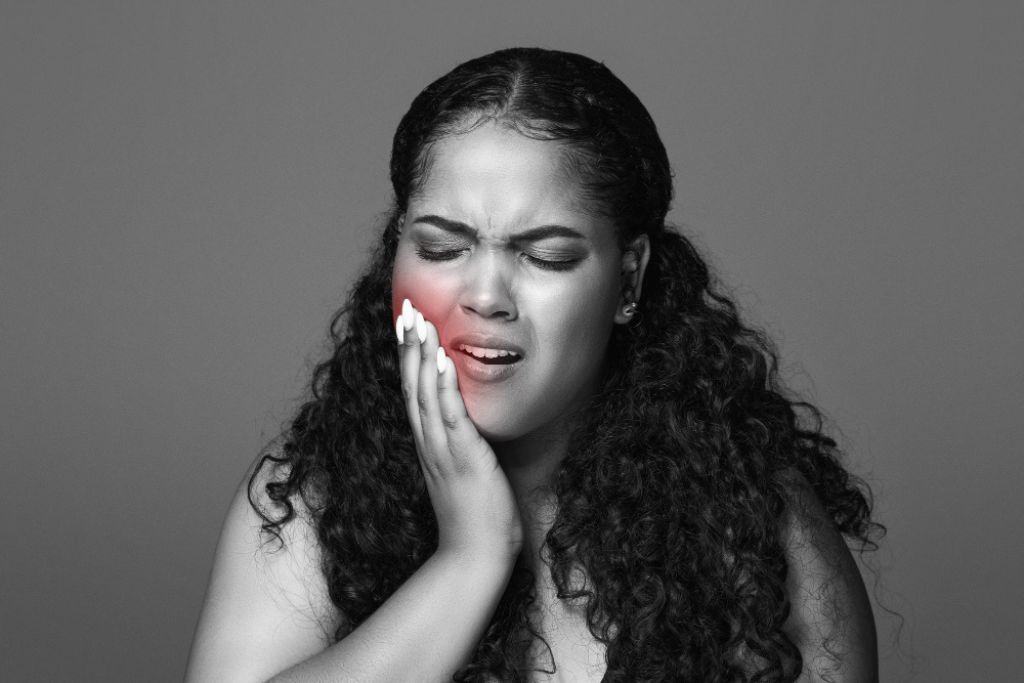Tooth extractions are common dental procedures, but complications like dry socket can turn a simple recovery into a painful ordeal. One frequently asked question by patients is: how does smoking cause dry socket? Understanding the mechanisms behind this link is crucial for anyone planning a dental extraction—especially smokers. This article explores the science, risks, and proactive steps to prevent this condition. For broader wellness, integrating professional Healthcare Services can enhance both recovery and long-term health.
What Is Dry Socket?
Dry socket, or alveolar osteitis, is a painful condition that occurs when the blood clot at the site of a tooth extraction is dislodged or dissolves prematurely. This exposes underlying bone and nerves, leading to intense pain and delayed healing. Normally, the clot acts as a natural barrier, allowing the tissue beneath to regenerate and protecting the area from infection.
The Connection Between Smoking and Dry Socket
So, how does smoking cause dry socket? There are several scientifically backed reasons:
1. Nicotine Constricts Blood Vessels
Nicotine in cigarettes causes vasoconstriction, or the narrowing of blood vessels. This limits blood flow to the healing site, restricting oxygen and nutrients needed for tissue repair.
2. Suction Dislodges Clot
Smoking involves inhalation, which creates a vacuum-like suction in the mouth. This pressure can physically dislodge the protective clot, exposing the socket.
3. Toxins Delay Healing
Cigarette smoke contains over 7,000 chemicals—many of which are toxic and inflammatory. These irritants can harm the delicate tissues of the extraction site, slow healing, and increase infection risk.
4. Compromised Immune System
Smokers generally have weakened immune responses, which makes it harder for the body to combat bacteria and regenerate tissue.
Myths vs. Facts: Smoking and Dry Socket
Misconceptions about smoking and dry socket are widespread. Let’s clarify a few:
Myth 1: Smoking one cigarette after surgery isn’t harmful.
Fact: Even one cigarette within 48–72 hours post-extraction can increase dry socket risk.
Myth 2: Vaping is a safer option.
Fact: Though vaping avoids combustion, it still involves suction and nicotine—both of which delay healing.
Myth 3: Using a filter or holding smoke in the other side of the mouth avoids issues.
Fact: The mouth is a connected cavity, and negative pressure from smoking still affects the entire oral environment.
How Long Should You Avoid Smoking After an Extraction?
It is strongly recommended that you avoid smoking for at least 72 hours after a tooth extraction. Some dental professionals even advise holding off for a full week. The blood clot needs time to stabilize and initiate the healing process.
If quitting temporarily seems difficult, consider using:
-
Nicotine patches (not lozenges or gum that engage the mouth)
-
Smoking cessation support through a dental or healthcare provider
-
Relaxation techniques to reduce cravings
The Broader Role of Healthcare Services in Recovery
The healing process isn’t just about the mouth—it’s connected to your overall health. Access to quality Healthcare Services can make a big difference in preventing complications like dry socket. Providers can assist with smoking cessation, manage systemic conditions (like diabetes), and monitor healing through regular check-ups.
Signs You Might Have Dry Socket
It’s important to recognize symptoms early:
-
Severe pain 2–4 days after extraction
-
Empty-looking socket (no visible clot)
-
Visible bone
-
Unpleasant taste or bad breath
-
Pain radiating to the ear or jaw
Treating Dry Socket
If you develop dry socket, contact your dentist immediately. Treatment usually includes:
-
Flushing the socket to remove debris
-
Applying medicated dressings
-
Prescribing pain relievers or antibiotics
-
Providing post-op care tips to avoid recurrence
Preventive Measures for Smokers
If you smoke and have an upcoming extraction, follow these steps to lower your risk:
-
Refrain from smoking 48–72 hours before and after surgery
-
Avoid spitting, using straws, or aggressive rinsing
-
Eat soft foods and stay hydrated
-
Keep your head elevated while resting
-
Ask your dentist for antiseptic mouth rinses or topical solutions
Scientific Evidence Supporting the Risk
Numerous studies highlight the strong correlation between smoking and dry socket. A study published in the Journal of Oral and Maxillofacial Surgery found that smokers are twice as likely to develop dry socket compared to non-smokers. Another report in the British Dental Journal revealed an even higher risk when smoking resumes within 48 hours post-procedure.
FAQs: How Does Smoking Cause Dry Socket?
Q1: Is vaping after a tooth extraction safe?
No. Vaping still involves suction and nicotine, which can interfere with healing.
Q2: How long should I wait to smoke after an extraction?
Wait at least 72 hours. The longer you wait, the better the chances of avoiding dry socket.
Q3: What should I do if I accidentally smoked after extraction?
Monitor for symptoms of dry socket and inform your dentist. Follow care instructions strictly moving forward.
Q4: Can dry socket heal on its own?
In some cases, yes, but treatment helps relieve pain and speeds up recovery.
Q5: Are nicotine patches a safe alternative?
Yes, patches do not involve oral suction or irritants and are often recommended.
Final Thoughts
Understanding how smoking causes dry socket helps empower patients to make safer choices post-extraction. Smoking not only delays healing but dramatically increases the risk of one of dentistry’s most painful complications. Choosing to abstain—at least temporarily—and utilizing trusted Healthcare Services for support ensures a smoother, more comfortable recovery. Take control of your healing process with the right knowledge, preparation, and professional care.
- How Does Smoking Cause Dry Socket? | Risks, Facts & Prevention
- Discover how smoking increases your risk of dry socket after tooth extraction. Learn the causes, symptoms, and expert recovery tips to protect your oral health.
- How Does Smoking Cause Dry Socket
Related posts:
 Empowering Senior Living: A Comprehensive Look at Elder Care Services in India
Empowering Senior Living: A Comprehensive Look at Elder Care Services in India
 Inside the Mind of Jack Allen: Crafting Military Thrillers That Grip You
Inside the Mind of Jack Allen: Crafting Military Thrillers That Grip You
 Eye Hospitals in Visakhapatnam: Advancing Vision Care in Coastal Andhra
Eye Hospitals in Visakhapatnam: Advancing Vision Care in Coastal Andhra
 What Happens If I Stop Getting Anti-Wrinkle Treatments? – Learn
What Happens If I Stop Getting Anti-Wrinkle Treatments? – Learn
 Nature’s Wrap: Exploring the Biodegradable Packaging Revolution
Nature’s Wrap: Exploring the Biodegradable Packaging Revolution
 Ashtanga Hridayam Book : The Essence of Ayurveda with CSS Banaras
Ashtanga Hridayam Book : The Essence of Ayurveda with CSS Banaras
 Dentist in Largo Florida – Expert Care with a Personal Touch at Blue Dental Largo
Dentist in Largo Florida – Expert Care with a Personal Touch at Blue Dental Largo
 What Are Common Myths About Laser Vaginal Tightening Treatment?
What Are Common Myths About Laser Vaginal Tightening Treatment?








